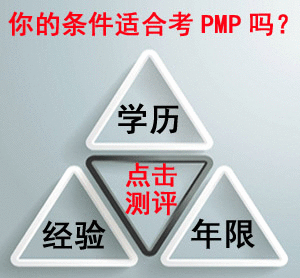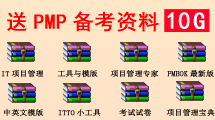PMP考試練習題(32)
|
1 The utility of network-based schedules: A Reveals interdependencies. B Facilitates “what if” exercises. C Highlights critical activities. D Provides information on resource requirements, time requirements and tradeoffs. E All of the above. ans:E 2 The major disadvantage of a bar chart is: A Lack of time-phasing. B Cannot be related to calendar dates. C does not show activity interrelationships. D Cannot be related to manpower planning. E Cannot be related to cost estimates. ans:C 3 The most common types of schedules are Gantt charts, milestone charts, line of balance, and: A Networks. B Time phased events. C Calendar integrated activities. D A and C only. E B and C only. ans:A 4 Scheduling is the process by which decisions are made concerning: A Tasks to be accomplished. B Personnel/organization that will be assigned to accomplish the task. C Time when the tasks are to be completed. D All of the above. E A and C only. ans:E 5 Time management is the allocation of time in a project's life cycle through the process of: A Planning B Estimating. C Scheduling. D Controlling E All of the above. ans:E 6 Using the situation shown in the Special window and assuming continues efficiency for work-in-progress and fixed price contract for task four. The estimate at completion is: A $19K B $21K C $26K D $29K E indeterminate ans:C 7 Using the situation stated in the Special window, a comparison of the cost variance of August as compared to July shows that the magnitude ($ value) of the variance has _____ and the percentage change has _____. A Become worse, become worse B Become worse, improved C Improved, increased D Improved, become worse E None of the above are correct ans:B 8 The computation for Cost Performance Index is: A BCWP/ACWP B BCWP-ACWP C BCWP-BCWS D ACWP/BCWP E ACWP-BCWS ans:A 9 When comparing the cost of competing projects, which of the following is typically NOT nsidered? A Opportunity costs. B Direct costs. C Sunk costs. D Indirect costs. E Burden rates. ans:C 10 The Cost Performance Index (CPI) measures: A cost of work performed vs planned costs. B work performed vs cost of work performed. C work performed vs planned work. D direct costs vs indirect costs. E floating costs vs. sunk costs. ans:B 11 Parametric estimates are based on variables such as: A Detailed planning and cost restraints. B Physical characteristics and historical data. C The WBS and similar projects. D Project objectives and manpower allocations. E Precise measurements and multiple inputs. ans:B 12 Cost and schedule data are usually integrated because: A optimized project cash flow can affect financial requirements B they provide MIS with an integrated system to produce reports C they control escalation allowances D they account for omissions in the definitive estimate E they predict future performance ans:E 13 Continually measuring and monitoring the actual cost versus the budget is done to _____. A analyze the reasons for variances B establish the variances C identify the problems D All of the above. E None of the above. ans:D 14 Using the cumulative cost curve in the special window, height B represents A actual cost to date B total budgeted costs for the project C planned cost for month 6 D cost variance E earned value ans:B 15 Value engineering/Analysis is the systematic use of techniques which does not include _____. A establishing values for required functions B provide the required functions at the lowest overall cost. C identifies the required function of an item D seeks to trade performance for cost E None of the above. ans:D 16 The ability to achieve cost savings is inversely proportional to _____. A the earned value achieved to date B the estimated costs to complete C empowerment to the P.M. D productivity E None of the above. ans:A 17 The estimated cost to complete (ETC) is _____. A BCWP/ACWP B the forecasted and final cost - cost to date C (ACWP-BCWP)/BCWP * 100 D Total estimate - ACWP E None of the above. ans:B 18 Considering alternate suppliers is a form of _____. A Value engineering. B Risk Analysis C Contract Management D Project integration E All of the above. ans:A 19 You have summarized the project and note that 28,000 hours have been scheduled, 25,000 hours have been earned and 26,000 hours paid. The correct onclusion is: A The project is operating at a favorable cost efficiency ratio. B the project is spending more than planned C the project is behind schedule D the project is ahead of schedule E B and C ans:C 20 Cost forecasting calculations include: A EAC = ACWP + (BAC - BCWP) B EAC = BAC/CPI C EAC = ACWP + (BAC/CPI) D All of the above. E A and B ans:E |




